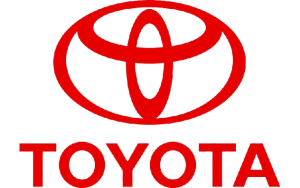The History of Toyota: From Humble Beginnings to Global Icon
Toyota’s story began in 1937 in Japan, founded by Kiichiro Toyoda as a spin-off from his father’s textile machinery company. What started as a small automobile division grew quickly as the company set out to build vehicles that were reliable, affordable, and suited for the everyday needs of Japanese drivers. By 1936, Toyota had already produced its first passenger car, the Model AA — a symbol of the brand’s early commitment to innovation and quality.
After World War II, Toyota faced economic challenges but persevered by focusing on lean production methods that would later revolutionize the global auto industry. In the 1950s, Toyota introduced the Toyota Production System (TPS), which emphasized efficiency, quality control, and continuous improvement — principles that are still core to Toyota today. The company also began exporting vehicles, marking the start of its expansion beyond Japan. In 1957, the Toyota Crown became the first Japanese car sold in the United States.

Throughout the decades, Toyota continued to lead the way with innovation and engineering excellence. The 1980s saw the launch of Lexus, Toyota’s luxury brand, while the 1990s brought the revolutionary Prius — the world’s first mass-produced hybrid car. These milestones reflected Toyota’s deep commitment to sustainability, comfort, and cutting-edge technology. By the 2000s, Toyota had become one of the best-selling automakers globally, with millions of loyal customers across every continent.
Today, Toyota remains a leader in both traditional and electrified mobility. The company continues to invest in hybrid, hydrogen, and electric vehicles, aiming for carbon neutrality and smarter, cleaner transportation for all. From the assembly line to the open road, Toyota’s history is defined by resilience, innovation, and a drive to create ever-better cars — a legacy that continues to evolve with every new model.


